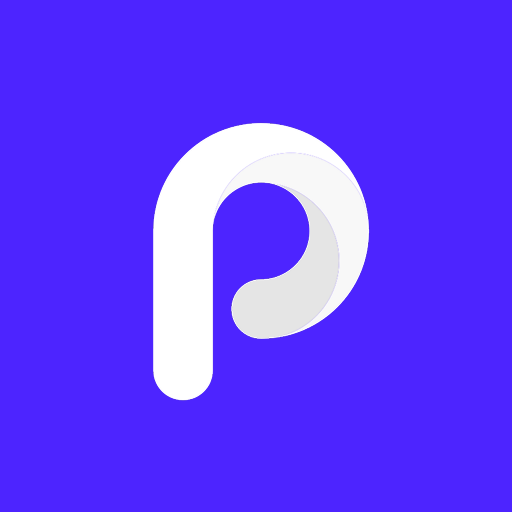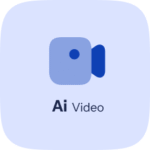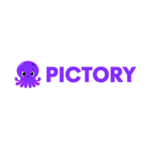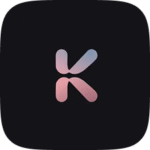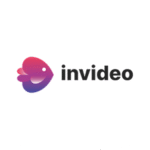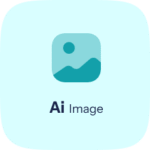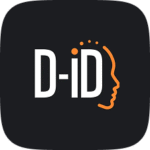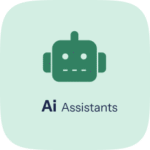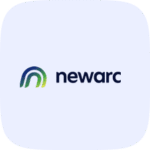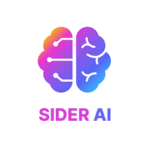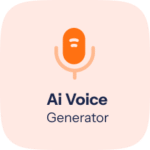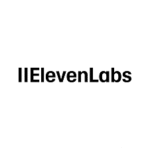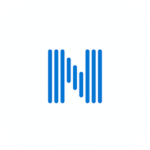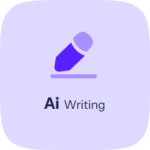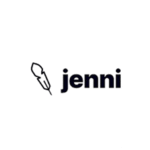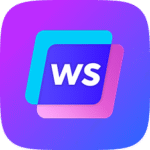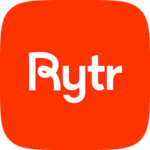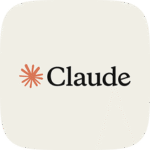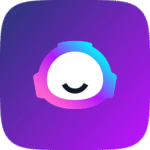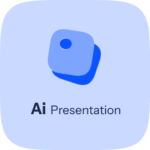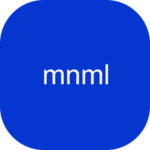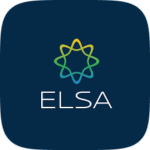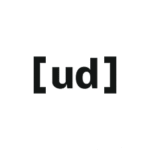AI Art Generators: How Creators Are Monetizing Their Work
🌟 Introduction: AI Art Monetization for the Modern Creator
AI art generators are transforming the creative economy by lowering the barrier to entry for digital artists, designers, and hobbyists. With accessible tools like Midjourney, DALL·E, and Artbreeder, anyone can now create stunning visuals—no traditional art training required. The proliferation of Web3 technologies, NFT marketplaces, and creator-focused monetization platforms has merged creativity with commerce more than ever before. In this guide, we dive deep into how today’s creators are actively monetizing AI art—from selling prints and NFTs to launching educational content and branding services. If you’re exploring ways to generate income through AI-generated imagery, you’re in the right place. Let’s uncover real strategies, tools, and examples that make monetizing AI art not just possible—but profitable today.
💡 What Exactly Are AI Art Generators—and How Do They Work?
AI art generators are digital platforms that use machine learning models—most notably Generative Adversarial Networks (GANs) and text-to-image systems like Stable Diffusion—to produce original artwork from user prompts. Whether you’re describing a scene or uploading a photo, the AI interprets your input to create visually compelling digital art. Popular platforms include Midjourney, DALL·E, and NightCafe Studio. With customizations available for mood, style, or color palette, creators can guide the final aesthetic. These creations can be enhanced, tokenized, printed, or licensed commercially.
Note: You don’t need to be great at drawing—just express your ideas clearly and refine your prompt-writing skills.
🎨 What Types of AI Art Generators Exist?
- Prompt-to-Image Tools: Convert text-based ideas into artwork using AI interpretation.
- GAN-Based Platforms: Use datasets and neural networks to generate unique, abstract visuals.
- Style Transfer Systems: Apply a particular artistic style to an input image or sketch.
Main Insights 🧠
- AI tools democratize creative output—anyone can now generate professional-grade visuals.
- Different AI models cater to diverse art styles, from realism to surrealism.
- There’s high demand for unique art assets across print, digital, and NFT marketplaces.
💸 How Are Creators Making Money with AI Art?
1. Can You Profit by Selling AI Designs on Print-on-Demand Sites?
Absolutely. Platforms like Redbubble, Teespring, and Society6 let you showcase AI-created art on mugs, phone cases, posters, and apparel. With minimal upfront costs and SEO-optimized listings, many creators gain steady sales—especially with niche or abstract themes.
2. Are NFTs Still Viable for Selling AI Art?
Yes. Minting AI-generated pieces as NFTs allows for verifiable ownership and helps attract collectors seeking innovation. Tools like DALL·E and NightCafe help artists create eye-catching NFT collections, which can then be sold on marketplaces like OpenSea and Rarible.
3. How Do Custom AI Art Commissions Work?
Freelancers are crafting personalized AI portraits, book covers, and logos using specific prompts tailored for each client. Platforms like Fiverr and Etsy make it easy to list these services. Artists often combine AI outputs with manual edits for better quality and uniqueness.
4. Is Licensing AI Art for Commercial Use Profitable?
Yes. AI art is now accepted on media asset platforms like Adobe Stock and Creative Fabrica. Once approved, artists earn passive income through downloads or licensing fees—ideal for creators looking for scalable income streams.
5. Can You Earn by Teaching AI Art Techniques?
Definitely. If you’re skilled at using AI tools, creating courses, eBooks, or YouTube tutorials can generate recurring revenue. Niche educational content—such as “Creating Fantasy Art with Midjourney”—sells well and helps build authority in the space.
6. How Does Subscription-Based Art on Patreon or Ko-fi Work?
By sharing exclusive AI artworks, process videos, or tutorials with paying subscribers, creators can build a loyal fan base on platforms like Patreon. Monthly membership options offer consistent income and deeper community engagement.
7. Can AI Art Improve My Existing Content Creation?
Yes. Many marketers and YouTubers are using AI-generated artwork for thumbnails, blog headers, and infographics. It saves time while elevating the visual appeal. For instance, integrating text generation from ChatGPT with Midjourney artwork streamlines complete content production.
Takeaway Highlights 💰
- You can begin monetizing without heavy investment—POD and freelancing require minimal setup.
- Teaching others or licensing art expands long-term earning potential.
- Combining image and text AI tools amplifies revenue for multi-platform creators.
🔍 Case Study: A Side Hustle Turned $10K+ with AI
Elena, a freelance designer, began posting AI-generated portraits on Instagram using Midjourney. Encouraged by follower demand, she opened an Etsy shop offering custom portraits for $50 each. Within six months, she fulfilled over 480 orders—entirely from organic traffic. By automating customer chats with ChatGPT and enhancing artworks using tools from Ploonad, she now earns over 70% of her freelance income from AI art.
📈 Market Stats & Key Figures
| Metric | Data | Source |
|---|---|---|
| AI Art Market Size (2023) | $1.2 billion | Statista |
| Highest-Selling AI NFT | $1.3 million | Decrypt |
🔮 What’s Next for AI Generative Art?
The future of AI art is evolving toward multimodal outputs—where visual, audio, and text elements merge in one experience. Expect smarter style personalization, global payment integrations (like crypto), and stronger intellectual property guidelines. Hybrid collaborations, where artists guide AI tools rather than compete with them, will redefine creativity. Platforms like Ploonad already support scalability by combining AI with monetization pipelines.
📌 Top AI Art Tools Compared
| Tool | Main Feature | Pricing | Best Use |
|---|---|---|---|
| Midjourney | Stylized visual rendering from text prompts | $10–$60/month | Pro designers & artists |
| DALL·E 2 | Text-to-image + inpainting | Pay-per-prompt | Beginners & marketers |
| Artbreeder | Image blending via gene-based sliders | Free + $8+/month | Character creation & concepts |
🧠 Tips from Experienced AI Artists
- Master Prompting: Be descriptive with tone, setting, and style references.
- Bundle Smart: Sell matching print + NFT versions for added value.
- Show the Process: Behind-the-scenes boosts engagement on social channels.
- Stay Original: Respect IP laws and avoid copying known artists’ work directly.
⛔ Common Pitfalls to Avoid
- Using basic prompts repeatedly—outputs become boring and impersonal.
- Failing to understand copyright—especially with derivative works.
- Neglecting user feedback—valuable input for improving style and engagement.
- Skipping keyword optimization—hurts discoverability in marketplaces.
✅ Get Started: Quick Checklist
- Pick the right AI art tool based on your goals and style.
- Experiment with prompt variations—language precision matters.
- Decide on a monetization path: POD, NFT, freelancing, or tutorials.
- Create a small, high-quality portfolio for marketing and sales.
- Promote on platforms like Instagram, Twitter, Reddit communities.
- Set up global-friendly payment methods, including crypto options.
📚 Tools & Learning Resources
- “The Artist in the Machine” by Arthur I. Miller – Insightful exploration of AI’s role in creativity.
- RunwayML – Great for text/audio-to-video art workflows.
- Hugging Face – Open-source models for advanced experimentation.
- Futurism (YouTube) – Trends, insights, and ethical perspectives in AI art.
💬 Busting AI Art Myths
| Myth | Reality |
|---|---|
| AI art lacks originality | Trained models generate new visuals based on unique prompts |
| AI replaces traditional artists | AI supplements creativity—artists become creative directors |
| No one buys AI art | It sells on NFTs, print sites, and even makes gallery debuts |
🙌 Real Testimonials from AI Creators
Michael T. (Canada): “Using Midjourney and Etsy, I now make $2,000/month. AI made creative independence possible.”
Jennifer R. (UK): “I thought POD was saturated, but AI designs helped my Redbubble shop take off!”
Ali B. (UAE): “With Ploonad and crypto tools, I launched my NFT gallery in just a few days.”
❓ Frequently Asked Questions
1. What is AI-generated art?
Art created using machine learning algorithms based on textual or visual data provided by humans.
2. Is it legal to sell AI art?
Yes, as long as the artwork is original and avoids infringing on copyrighted content or styles.
3. Which tool should beginners use?
Platforms like DALL·E 2 and NightCafe are user-friendly and great for getting started.
4. How can I craft better prompts?
Be vivid and specific. Try adding artistic styles, moods, and unique descriptors.
5. Is AI art copyrightable?
In some regions it is, especially if significant human input is involved. Always consult local laws.
6. Fastest way to earn from AI art?
List on Redbubble, Teespring, or Fiverr to start selling with minimal setup.
7. Are there copyright risks?
Yes, if artworks too closely resemble others. Originality is crucial.
8. Is using AI cheating?
No. AI is a creative tool—how you use it defines your artistry.
9. Are people actually buying AI-generated art?
Yes. Sales span across NFTs, POD items, and creative agencies.
10. How can I protect my art?
Use watermarks, NFTs, and proper metadata tagging for better security.
🚀 Final Thoughts
AI-generated art offers a unique blend of creativity and innovation. Whether you’re looking to build a brand, sell digital goods, or just explore new mediums, AI art tools provide diverse opportunities to monetize your visual imagination. Think of AI as your creative co-pilot—the brush may be artificial, but the vision is all yours. Start small, stay consistent, and explore smarter strategies with tools like Ploonad to scale efficiently in the growing digital creator economy.
